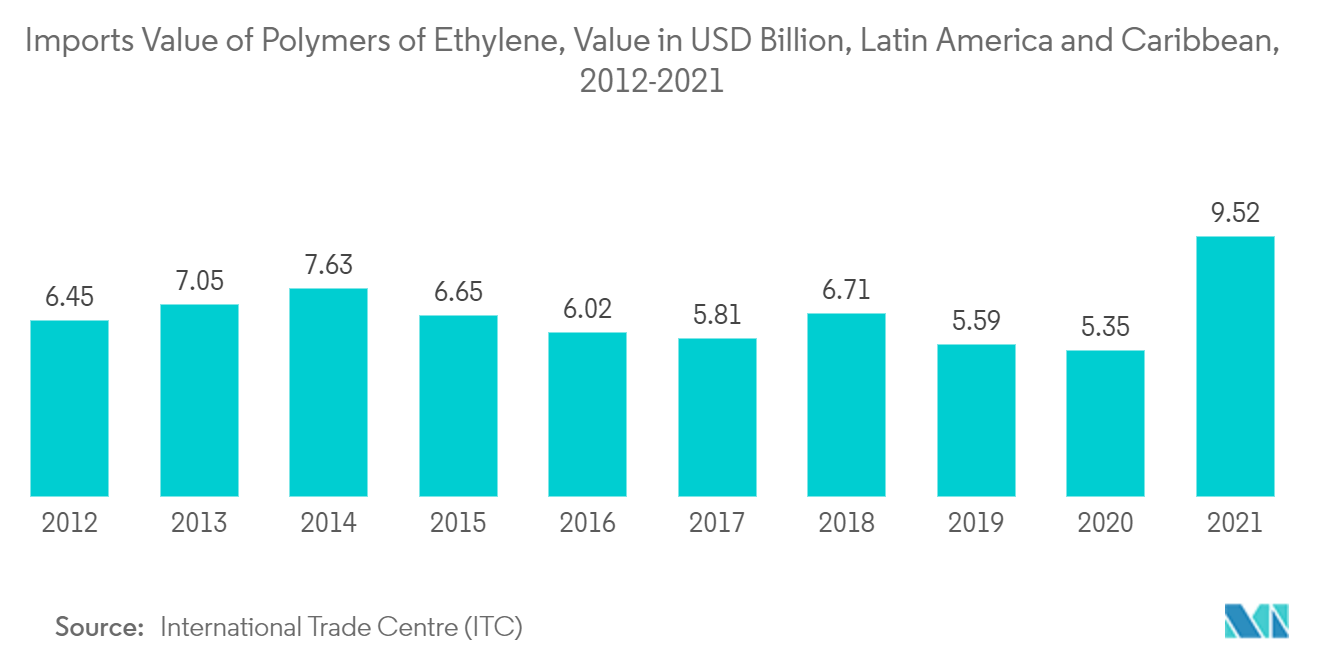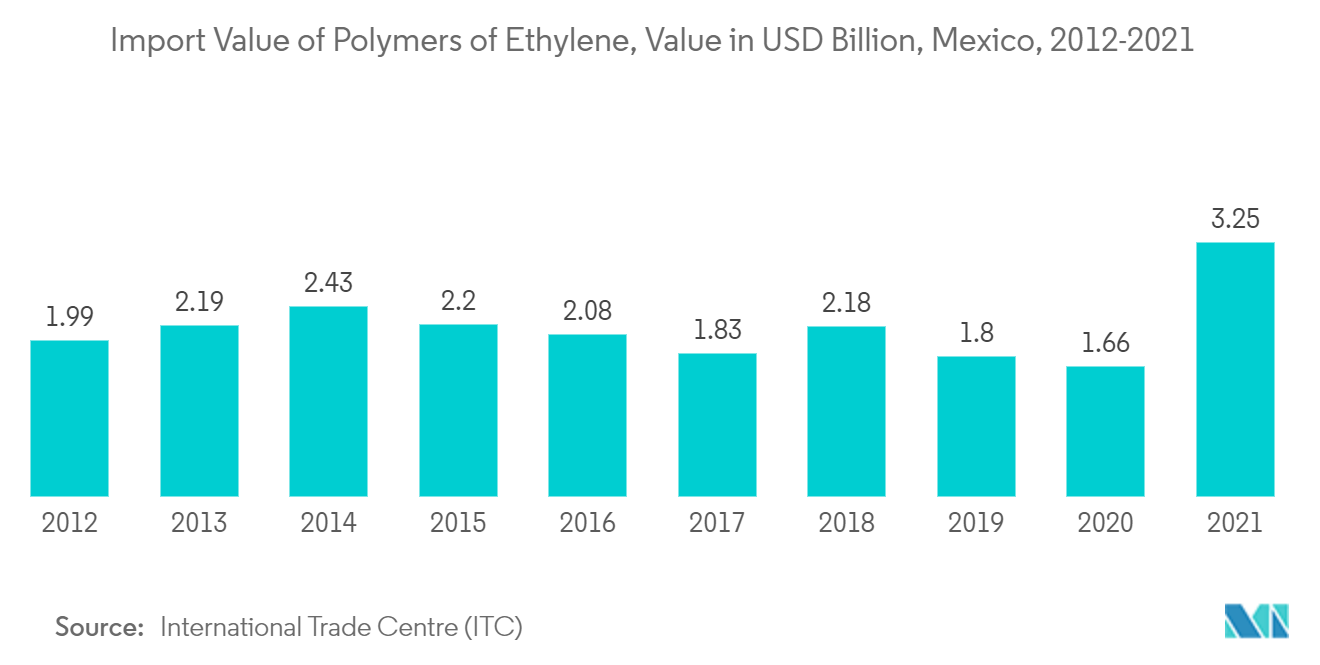Market Trends of LA Plastic Bottles/Containers Industry
This section covers the major market trends shaping the Latin America Plastic Bottles Market according to our research experts:
Increasing Adoption of Lightweight Packaging Methods
- Adoption of PET can lead to up to 90% weight reduction compared to glass, allowing a more economical transportation process. Currently, plastic bottles made from PET are widely replacing heavy and fragile glass bottles, as they offer reusable packaging for mineral water and other beverages. Additionally, better mechanical qualities reduce weight compared to PE and PP bottles.
- Using PET will help manufacture the lightest bottle and containers among all types of plastic. According to PETRA, PET is a clear, durable, lightweight plastic widely used to package convenience-sized soft drinks, juices, and water. Virtually all single-serving and 2-liter carbonated soft drinks and water sold in the region are made from PET.
- In research, Amcor PLC found that Latin American consumers are increasingly attracted to transparent dairy packaging, which conveys freshness and premium quality. So, Amcor designed a one-liter translucent PET bottle for Letti that has some protective features to optimize the freshness of products. It includes a thicker wall to avoid deformation, a 38-mm finish, and an ultraviolet blocker to protect the contents of each bottle.
- There has been a rise in the use of PET in the region, one of the primary reasons in the short run is the falling prices of PET resins. Due to the US-China trade war, the prices of PET resins have been continually falling. With almost all major economies of Latin America, apart from Mexico, Argentina, and Brazil, being net importing countries, this is expected to bring down the prices of bottle-grade PET resins, thereby significantly reducing production costs.
- Moreover, according to ITC, last year, the imports of polymers of ethylene in Latin America and the Caribbean were valued at around USD 9.51 billion, a 77.75% rise in imports from the previous year, 2020, which was valued at about USD 5.35 billion. The growth in import value represents the demand for lightweight materials such as ethylene polymers, where PET is one of the significant contributors to bottles and containers.

Mexico is Expected to Hold a Significant Market Share
- The metropolitan region around Mexico City has a population of over 22 million and has been struggling to ensure water security. Its supply primarily depends on imports from nearby basins and an overdraft of groundwater, which causes issues like subsidence and raises questions about sustainability. The effects of this water stress in Mexico City are incredibly uneven across the metropolitan region and are particularly bad in low-income peri-urban areas.
- Low-income populations suffer several effects due to unreliable access to clean water. An increased risk of waterborne infections and adverse health effects are directly related to poor water quality. Carrying water from outside the house takes time and energy for many households. The majority of the domestic water demand for low-income homes in Mexico City is often met by water trucks and bottled water.
- On the other hand, the cost of water truck delivery is higher than the cost of ordinary water supply provided by the public distribution system. Compared to bottled water and private water truck service, which are priced according to supply and demand, the public water system's water price is heavily subsidized. Overall, the need for bottled water has dramatically grown due to the higher cost of the water truck.
- Autonomous Metropolitan University Iztapalapa Unit reports that 80% of Mexicans are frequent customers since they have little faith in the public water system. Eight out of ten Mexicans and nine out of ten people living in Mexico City frequently use bottled water, making Mexico the world's largest per-capita product consumer nation.
- In Mexico City, every person drinks an average of 390 liters a year, more than in France, where there is a tradition of drinking bottled water. Citizens of the Borough, one of the poorest in Mexico City, spend the most on bottled water, accounting for 90% of water consumption, according to the Autonomous Metropolitan University Iztapalapa Unit.
- According to the ITC, imported ethylene polymers, last year were valued at around USD 3.25 billion, a 95.78% rise in imports from the previous year, 2020, valued at about USD 1.66 billion. The import surge indicates the increased demand for plastic bottles and containers in the country.


